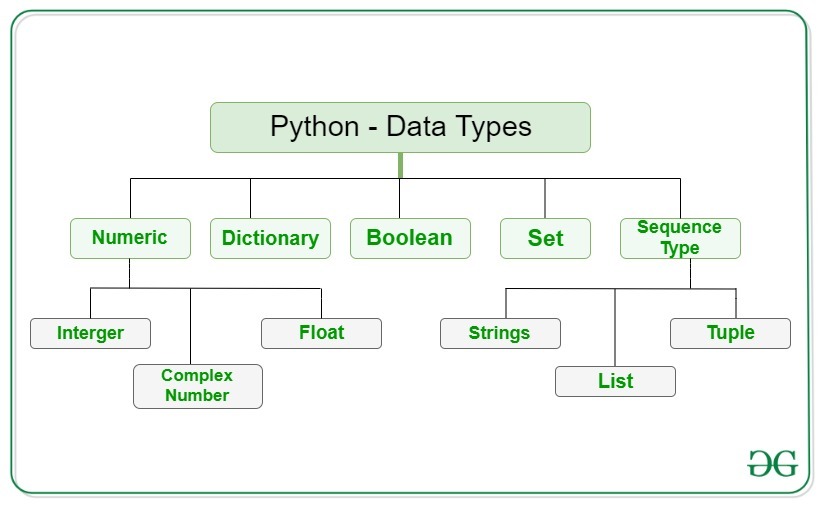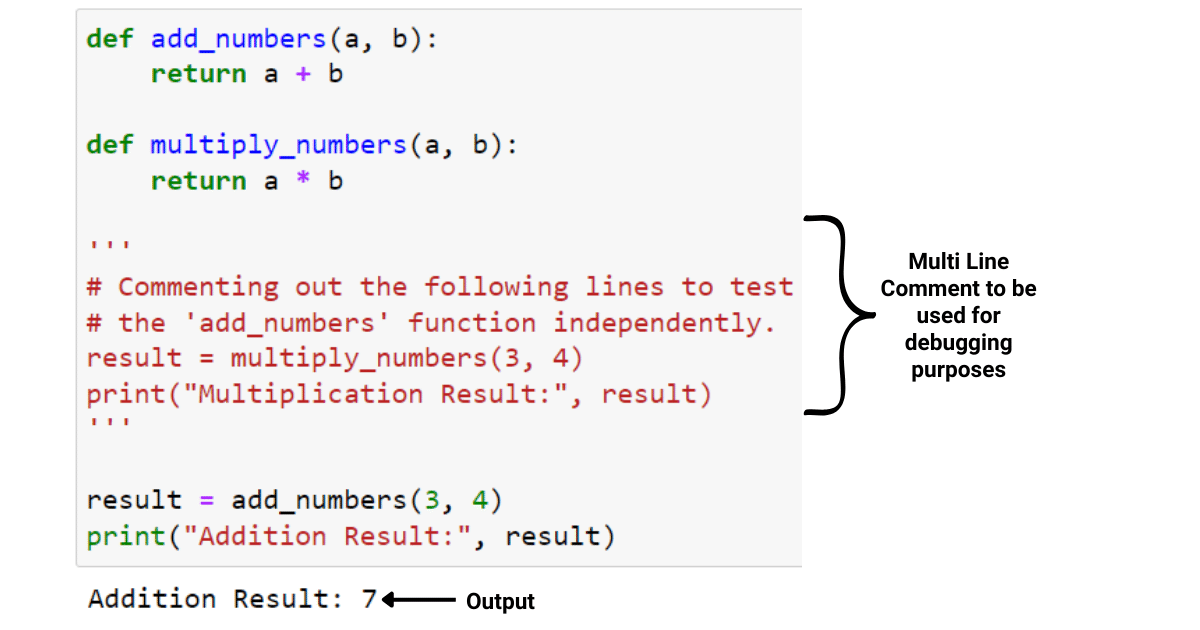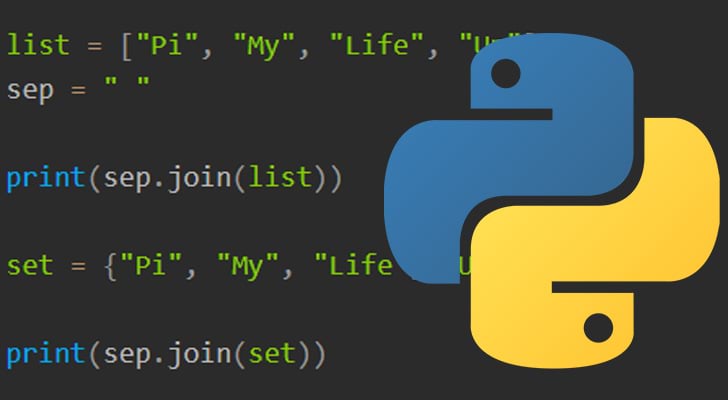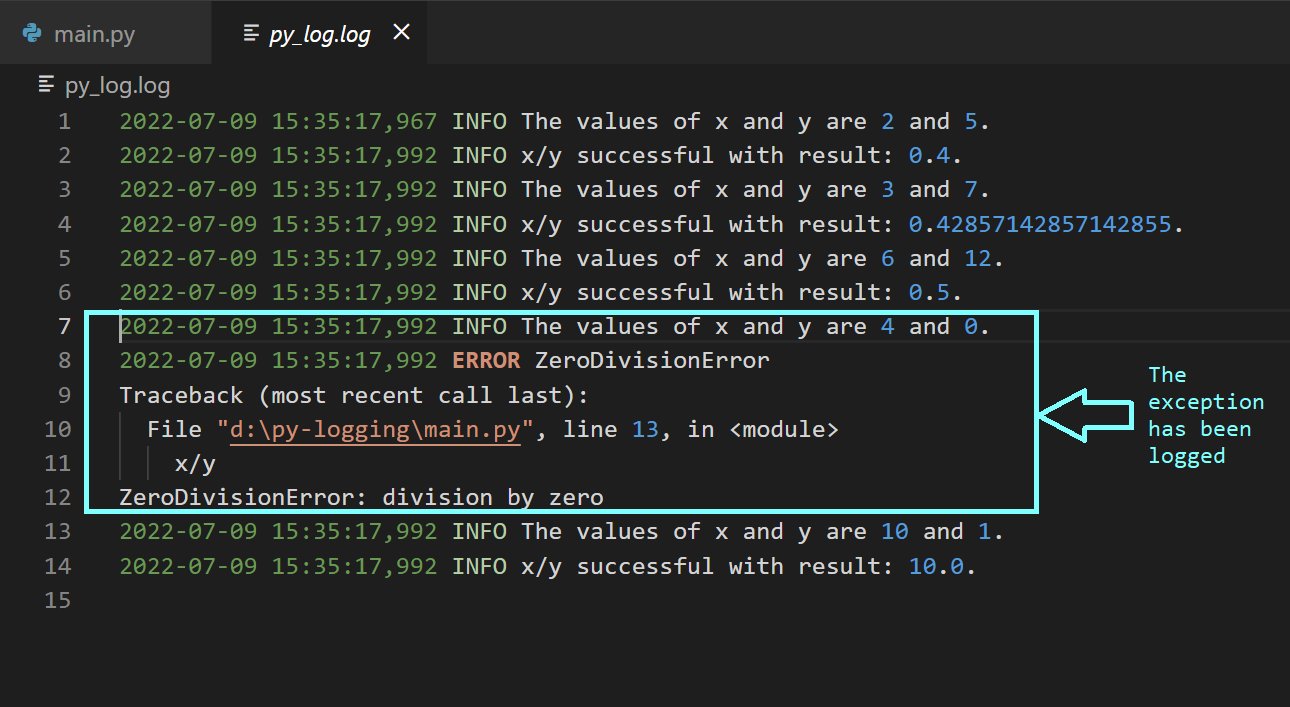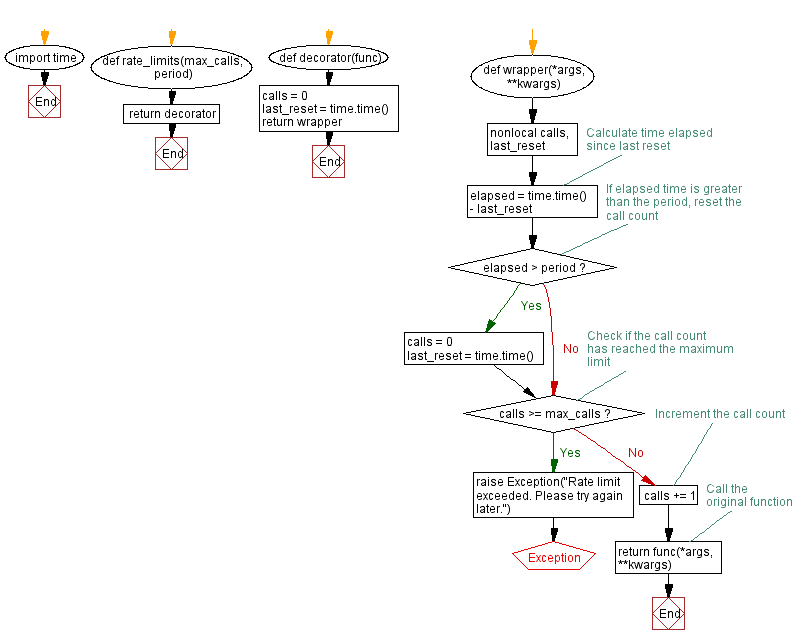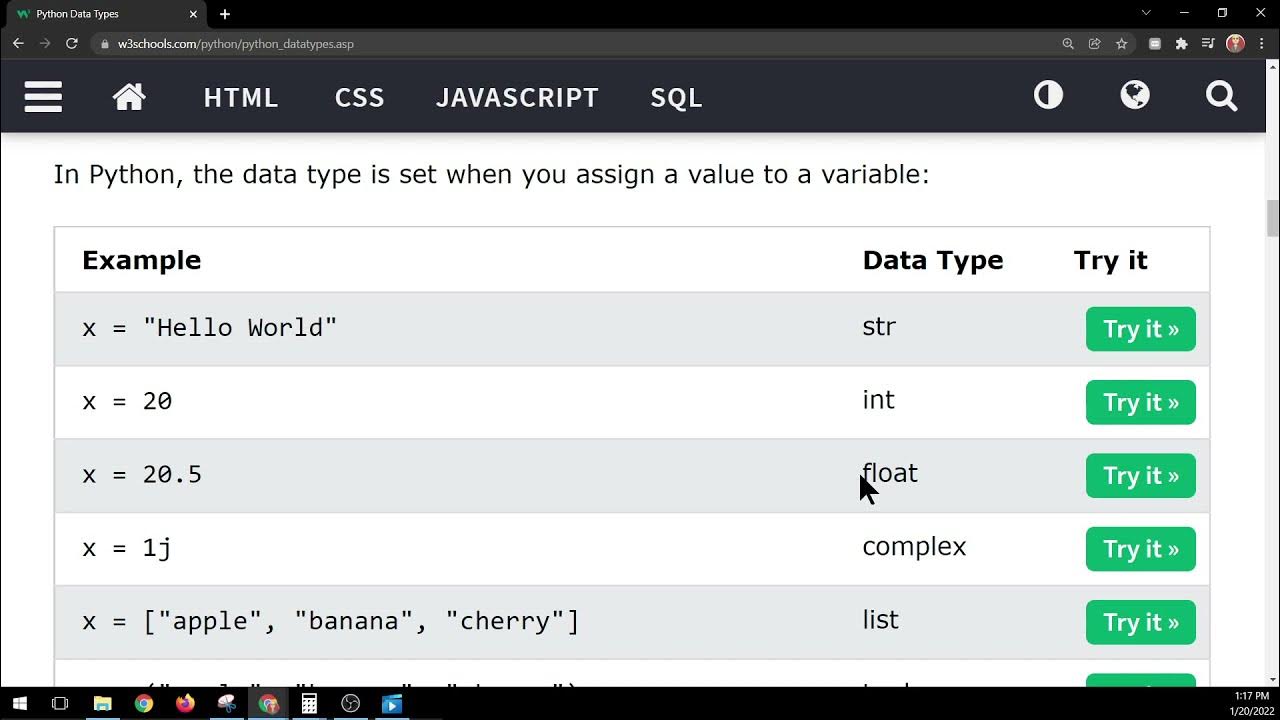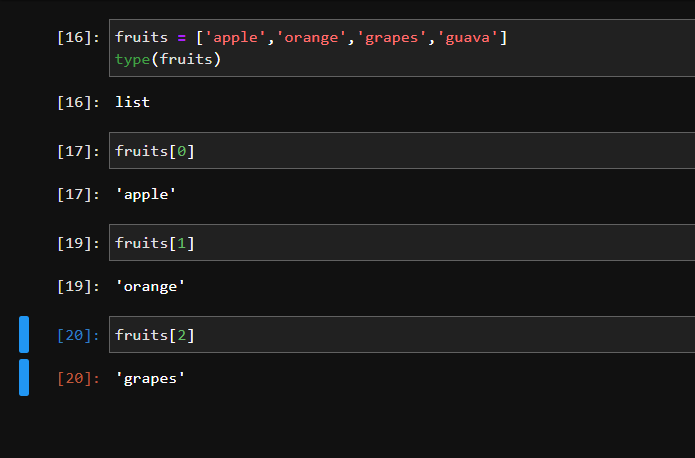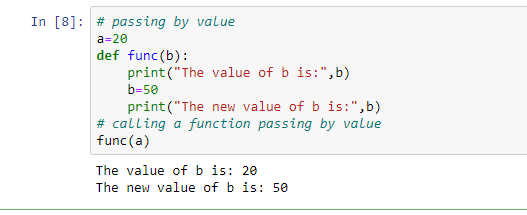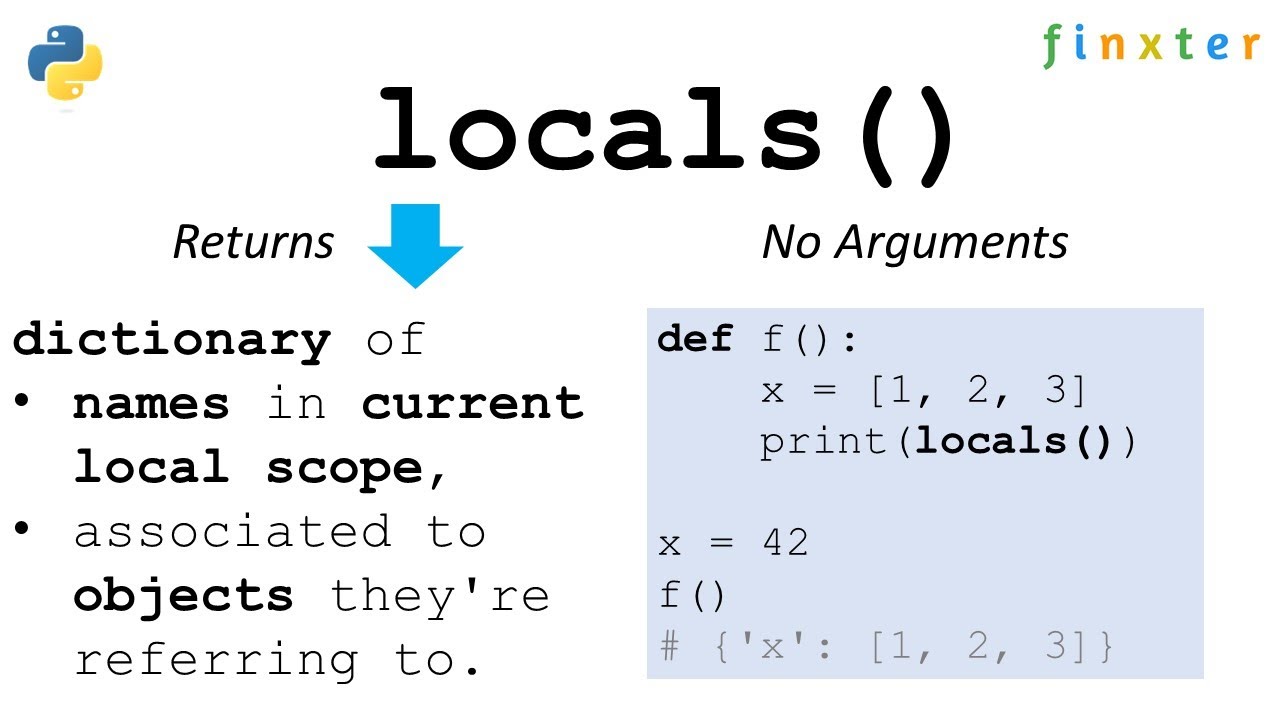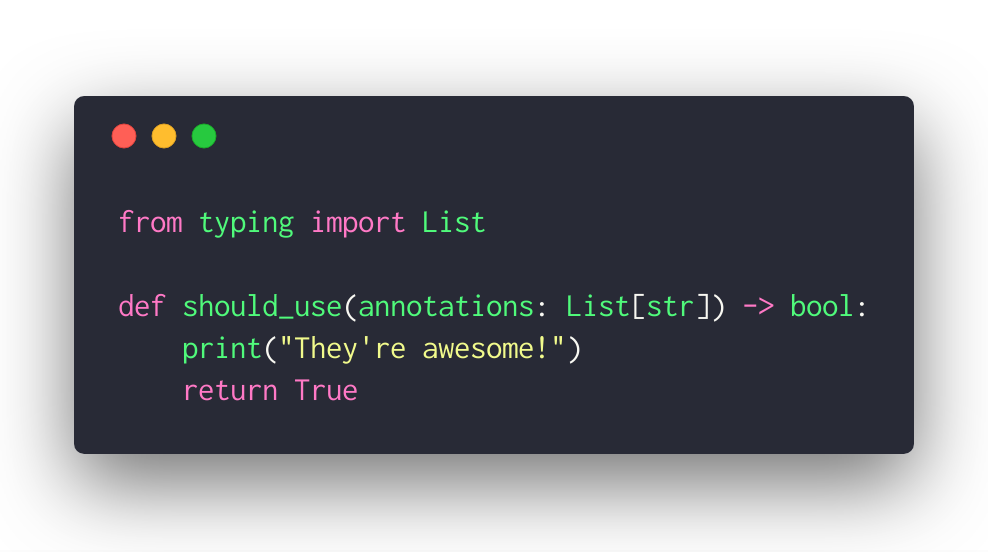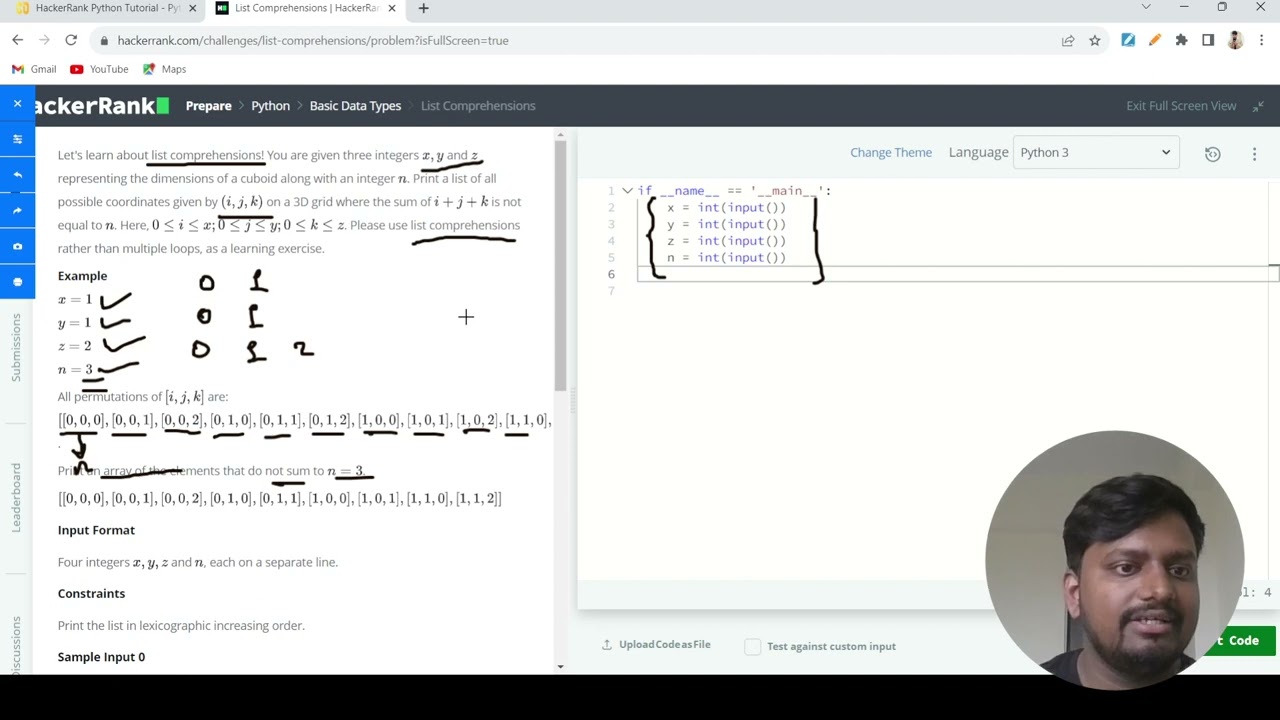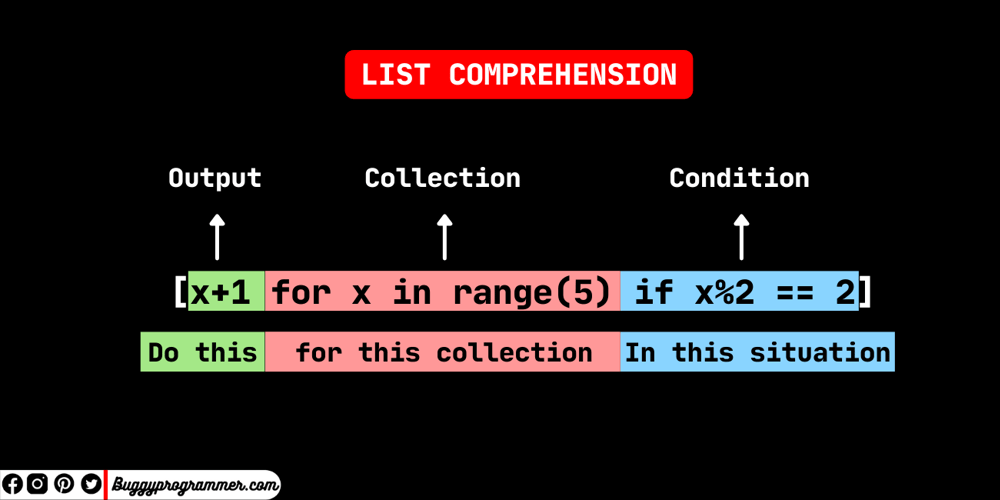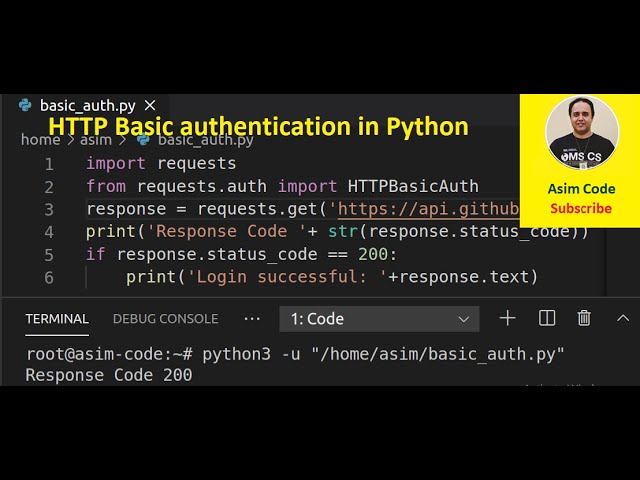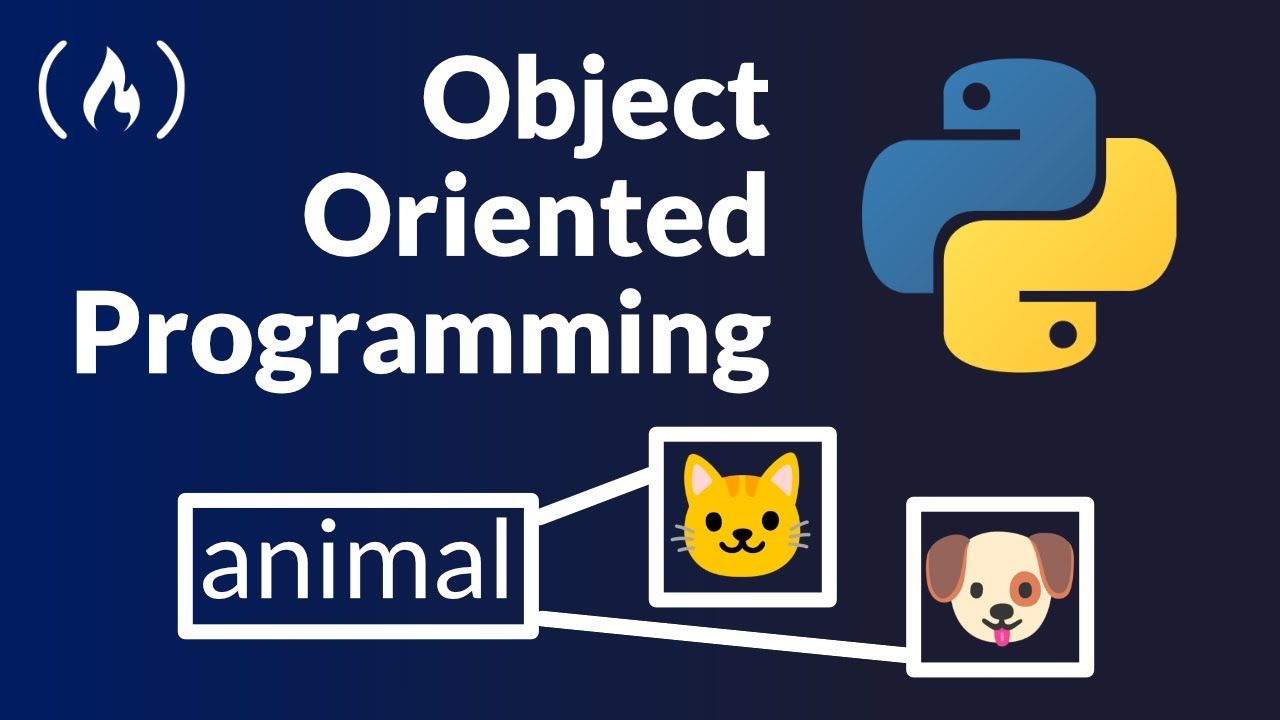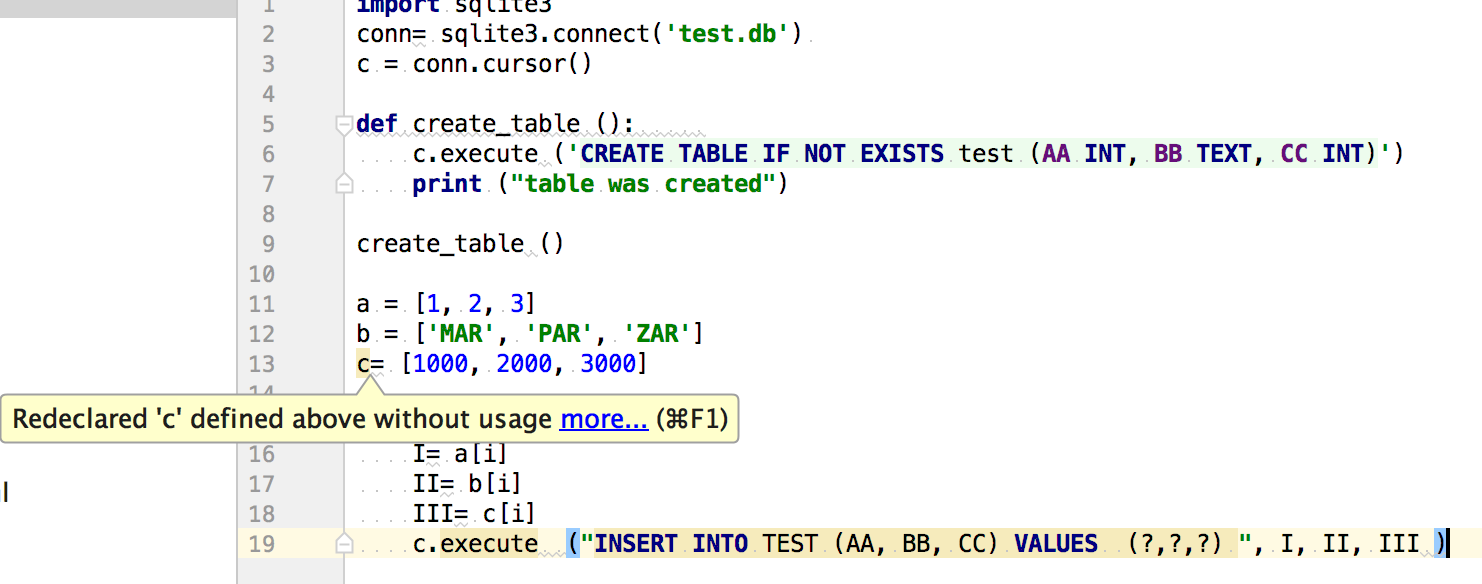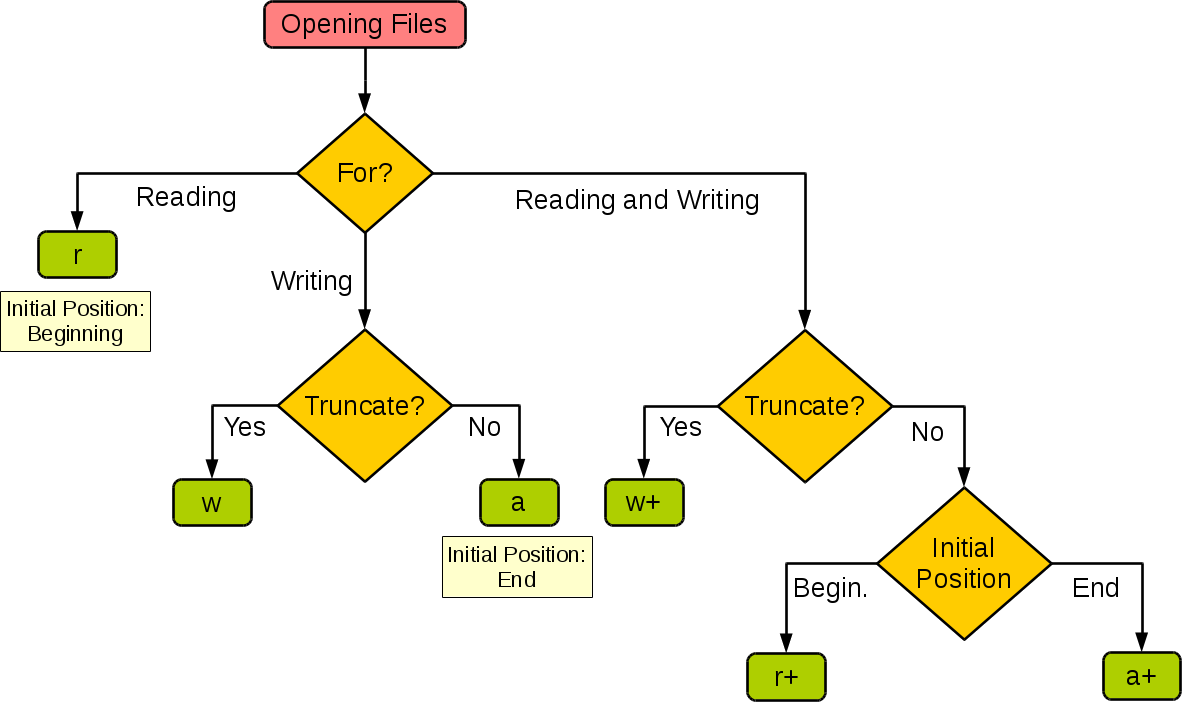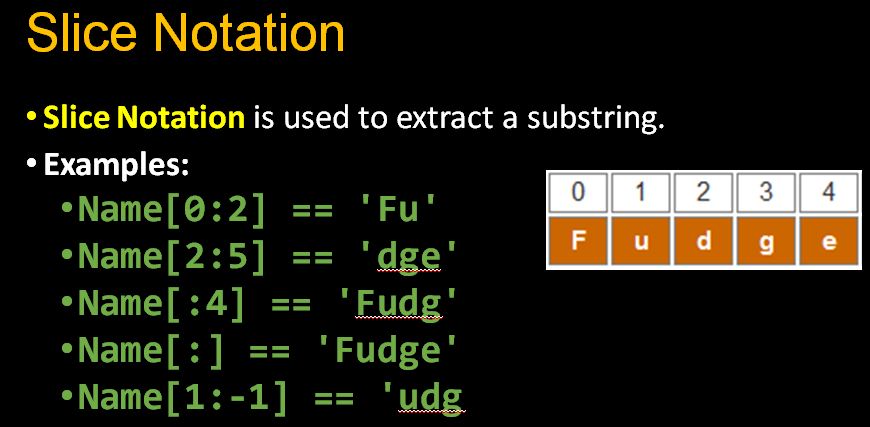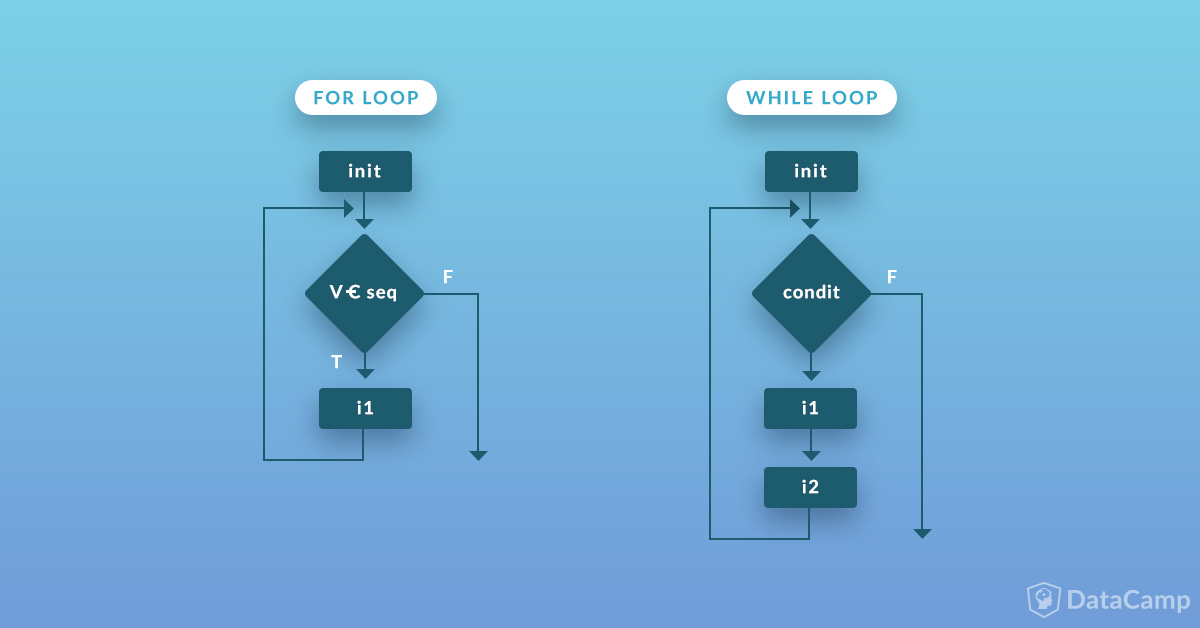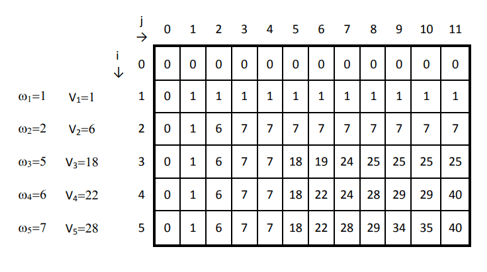What is the difference between SQL and SQLite in Python?
What is the difference between SQL and SQLite in Python?
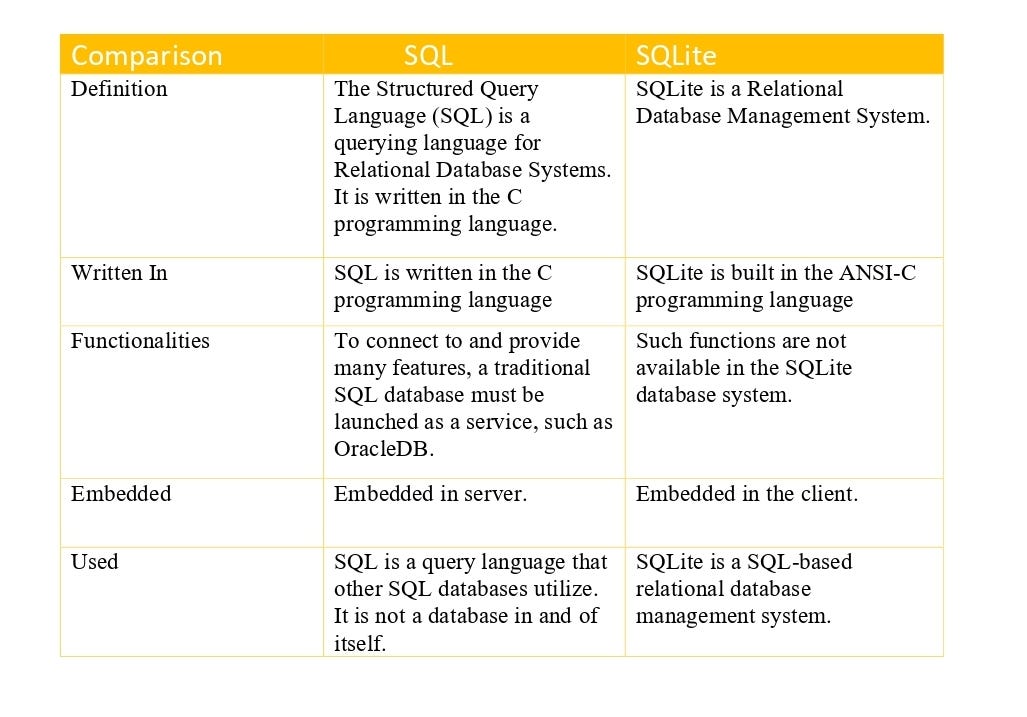
I'd be happy to explain the difference between SQL and SQLite in Python.
SQL (Structured Query Language)
SQL is a programming language designed for managing relational databases. It's used to store, manipulate, and retrieve data stored in a database. SQL is a standard language that can be used with various database management systems such as MySQL, PostgreSQL, Oracle, and Microsoft SQL Server, among others.
In Python, you can use the sqlite3 module to interact with SQLite databases using SQL commands. The sqlite3 module provides a way to execute SQL queries against a SQLite database, which is a self-contained, serverless, zero-configuration, transactional SQL database engine.
SQLite
SQLite is a self-contained, file-based relational database engine that doesn't require a separate server process or networking setup. It's designed to be highly efficient and flexible, making it an excellent choice for many applications where a full-fledged relational database might be overkill.
In Python, you can use the sqlite3 module to create, connect to, and interact with SQLite databases. SQLite is a disk-based database that doesn't require any setup or configuration to get started. It's perfect for small-scale projects, embedded systems, or applications where data persistence is important.
Key differences
Server-less vs. Server-based: SQL is typically used with a separate server process (e.g., MySQL, PostgreSQL), while SQLite is self-contained and doesn't require a dedicated server. Database size and complexity: SQL databases can be large-scale and complex, while SQLite is designed for small-scale to medium-scale applications. SQL dialect: Each database management system has its own SQL dialect or variation (e.g., MySQL's SQL mode vs. PostgreSQL's SQL mode). SQLite uses a custom-made SQL dialect that's slightly different from standard SQL. Memory usage and performance: SQLite is designed for small-scale, lightweight applications where memory usage is critical, while SQL databases are optimized for large-scale, high-performance applications.When to use each
SQL: When you need a full-fledged relational database with advanced features, scalability, and high-performance capabilities. SQLite: When you need a simple, self-contained, file-based database engine that's lightweight, efficient, and easy to set up.In Python, when working with databases, you typically use the sqlite3 module for SQLite operations and a third-party library (e.g., pymysql, psycopg2) or an ORM (Object-Relational Mapping) tool (e.g., SQLAlchemy, Django's ORM) to interact with SQL databases.
Remember that this is not a discussion about which one is better; both have their strengths and weaknesses. The choice between SQL and SQLite in Python depends on the specific requirements of your project, such as scalability, performance, and complexity needs.
Python sqlite download

I'm happy to respond in English for this special case!
Python and SQLite are a fantastic combination for building powerful and scalable applications. Here's how you can get started with downloading and installing the necessary tools:
Step 1: Downloading Python
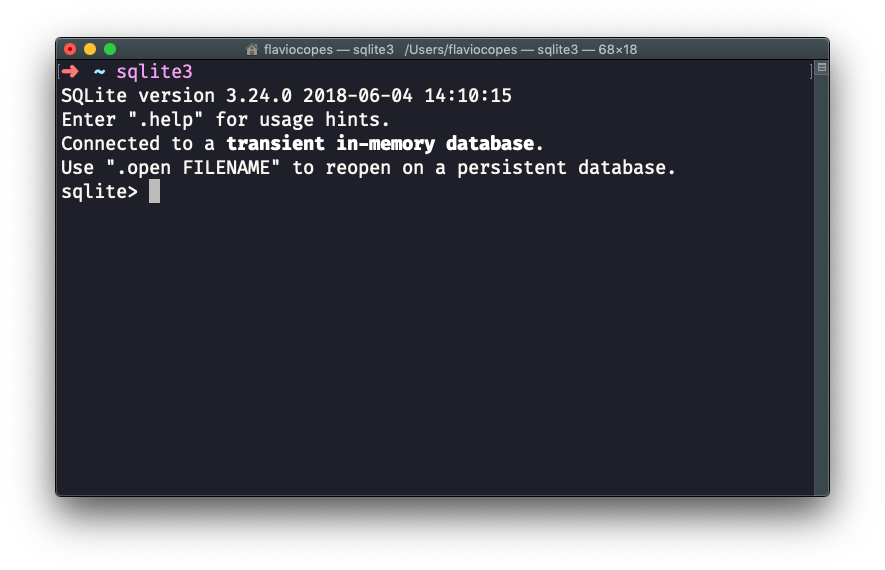
The first step is to download the latest version of Python from the official website: https://www.python.org/downloads/. You can choose either the 32-bit or 64-bit version, depending on your system configuration. Make sure to select the correct installer for your operating system (Windows, macOS, or Linux).
Step 2: Installing Python
Once you've downloaded the installer, follow these steps:
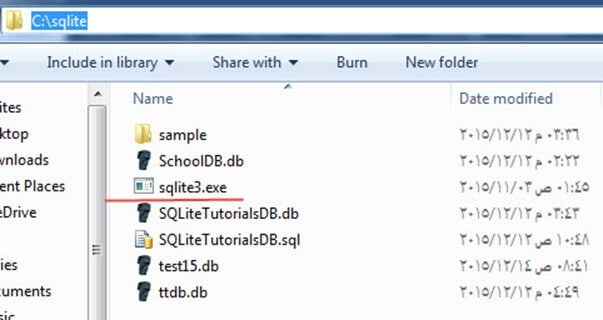

Step 3: Downloading and Installing SQLite
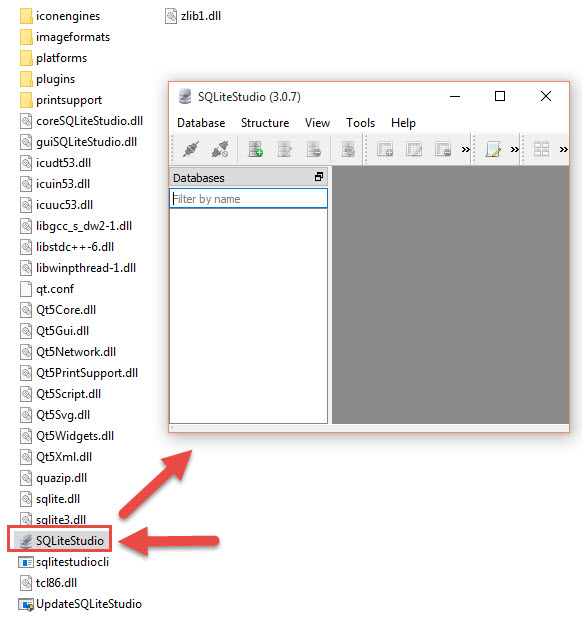
Next, download the latest version of SQLite from the official website: https://www.sqlite.org/download.html. You can choose between a ZIP file containing all the necessary files or a pre-compiled binary for your operating system.
Installing SQLite (Windows)
If you're on Windows, follow these steps:
Extract the contents of the ZIP file to a directory like "C:SQLite". Create a new directory, such as "C:Pythonsqlite" to store your SQLite database files. Add this directory to your system's PATH environment variable to enable SQLite from any Python script.Installing SQLite (macOS/Linux)
For Unix-based systems, follow these steps:
Unzip the contents of the ZIP file to a directory like "/usr/local/SQLite". Create a new directory, such as "/usr/local/sqlite" to store your SQLite database files. Update your shell's PATH environment variable (e.g., usingexport PATH=$PATH:/usr/local/sqlite) to enable SQLite from any Python script.
Using SQLite with Python
Now that you have both Python and SQLite installed, let's create a simple example to demonstrate how to use SQLite with Python:
import sqlite3
Connect to the database (or create it if it doesn't exist)
conn = sqlite3.connect('example.db')
Create a cursor object
c = conn.cursor()
Create a table named 'users' with two columns: 'id' and 'name'
c.execute('''
CREATE TABLE IF NOT EXISTS users (
id INTEGER PRIMARY KEY,
name TEXT NOT NULL
);
''')
Insert some sample data into the 'users' table
c.execute("INSERT INTO users (id, name) VALUES (1, 'John Doe')")
conn.commit()
Close the connection
conn.close()
This code snippet creates a SQLite database file named "example.db", then defines a table named "users" with two columns. It inserts a single row into this table before closing the connection.
These steps should help you get started with using Python and SQLite for building powerful applications!
